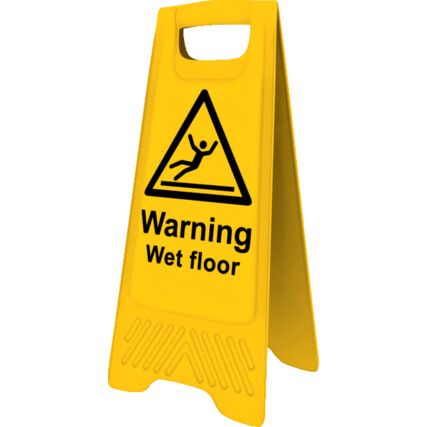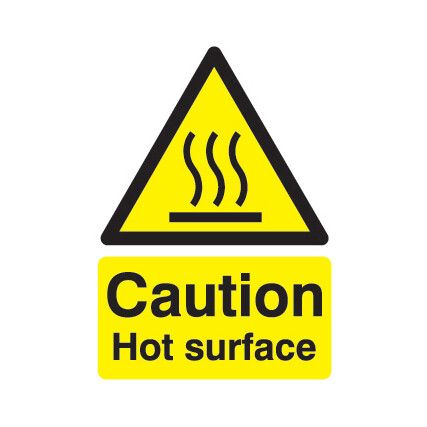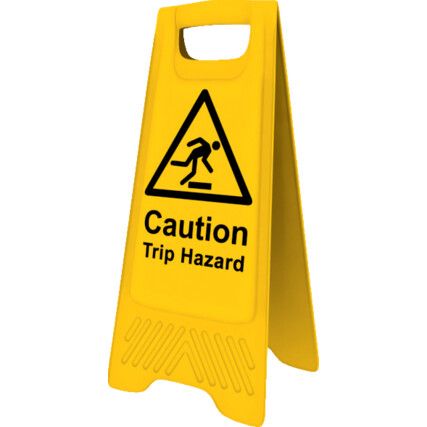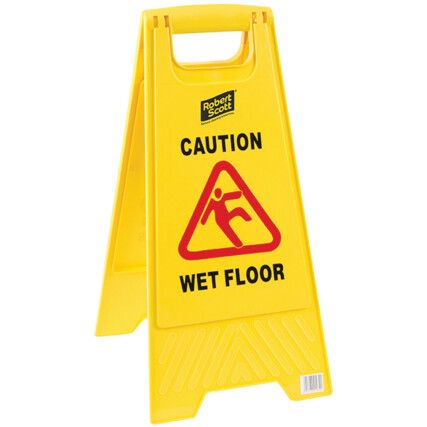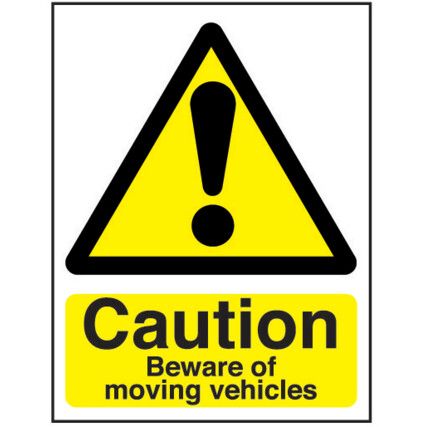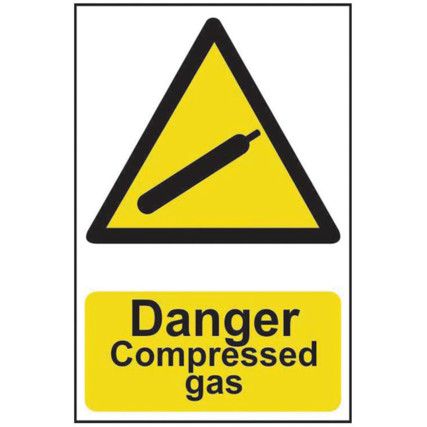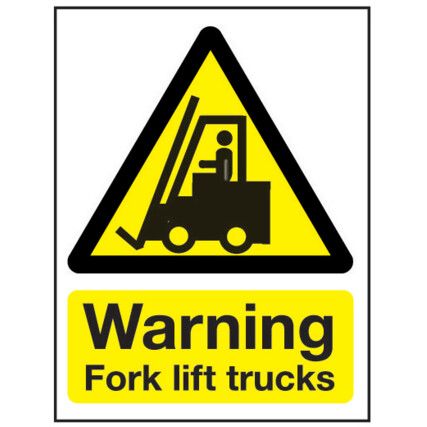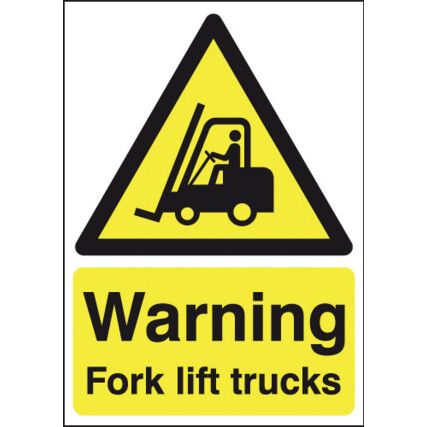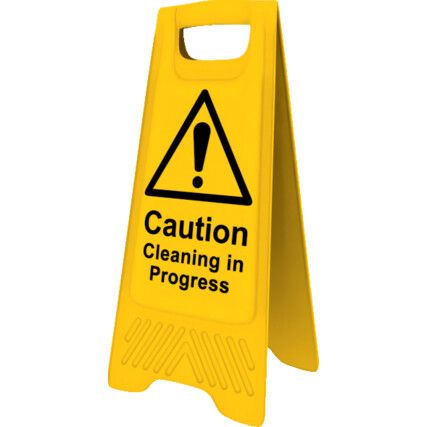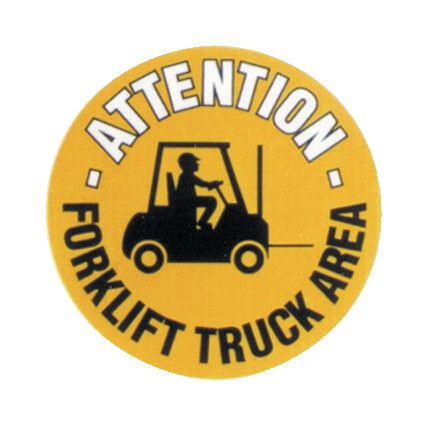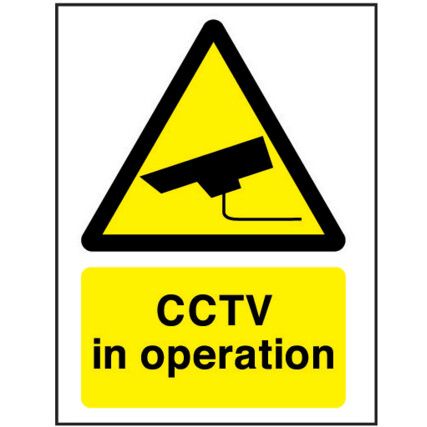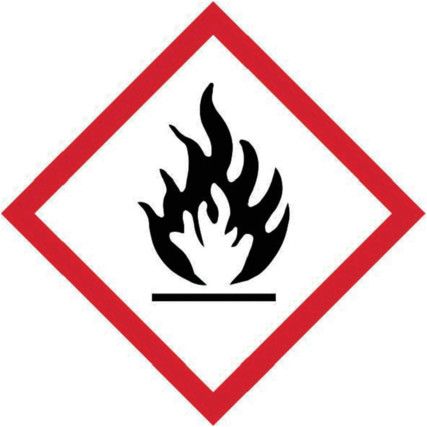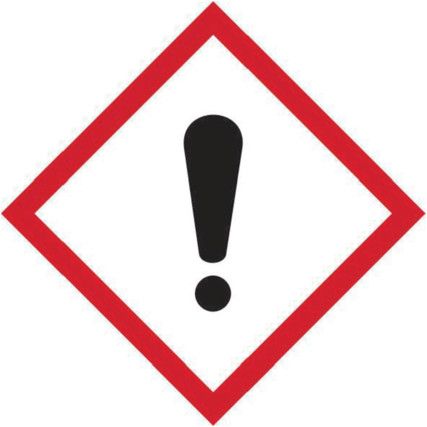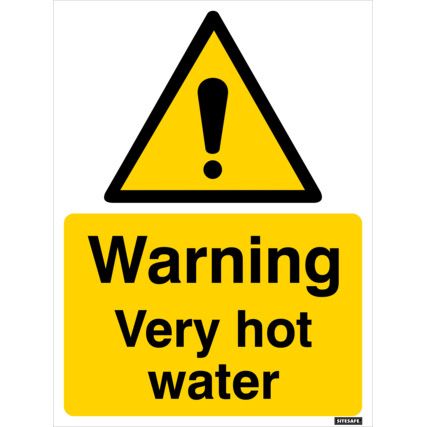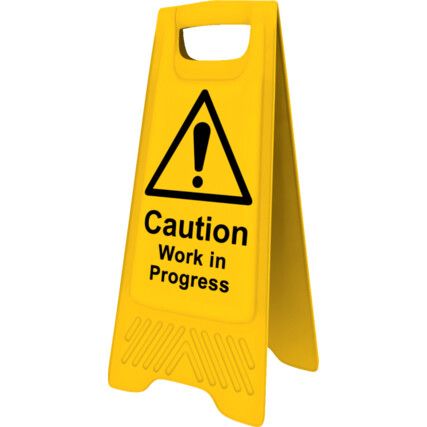Warning Signs
Discover our extensive range of warning signs online now at Cromwell. We stock a selection of freestanding and wall-mounted signs, in vinyl, rigid PVC, PVC film and more to suit all your safety needs. We carefully select our warning signage from high-quality brands, like Beaverswood®, Stewart Superior® and our own brand, Matlock® to provide our customers with high-calibre products they can rely on.
What are warning signs?
Warning signs are a form of highly visible signage that requires the immediate attention of the viewer. They highlight an approaching hazard, obstacle or action that must be taken to stay safe. An example of a warning sign is a cleaning sign placed after mopping the floor: 'Caution Wet Floor' is usually coupled with an image of a figure slipping over.
Compliant warning signs typically use primary colours to ensure they're bold and highly visible. For signage that's positioned permanently, a photoluminescent design is utilised so that signage is visible in all light levels.
Why buy warning signs?
According to the Health and Safety (Safety Signs and Signals) Regulations, 1996, if there is a significant risk to employees that cannot be managed using safe systems of work, then safety signs must be placed. This responsibility includes the provision of training to make sure that all employees are familiar with the reason for the signage and what it means.
Warning sign types
Warning signage is universally recognised and easy to understand. Governed by ISO safety standards, all types of warning signs must conform with BS EN ISO 7010.
• Access restriction signs - These signs are red and white and make the viewer aware when access to a certain area is restricted, such as a No Entry sign for example.
• Construction signs - These signs highlight any dangers associated with construction, such as live wires or workers near the road. These signs use yellow, black, and white as their main colours.
• Hazard signs - These are designed to make the viewer aware that they're approaching a hazard, and include moving vehicles, gas and explosions and electric shock risks.
• Multi-message signs - These signs are utilised when there are multiple risks ahead and action must be taken, for example, 'Danger Moving Vehicles, Keep to the Right'.
• Prohibition signs - These are essentially 'Do Not' signs, like 'Do Not Use Mobile Phones' situated on a petrol station forecourt.
• Tactile & braille signs - To ensure inclusivity in the workplace and that all staff and visitors remain safe, all warning signs are available with tactile and braille options to keep visually impaired staff safe.
• Auditory warnings - These can be verbal or non-verbal and are also designed for visually impaired staff.
Considerations when choosing warning signs
• Human behaviour - employers should take into consideration the nature of human behaviour when choosing the types of warning signs to use. Behaviours such as willful ignorance and misinterpretation should be thought through and incorporated into staff training.
• Risk Assessments - as part of safe systems of work, a risk assessment will help to identify hazards and the signage type required.
• Positioning - for sign placement, see www.hse.gov.uk where there is a comprehensive guide to viewing distance and the corresponding height of signage.
• Inclusivity - it's important to make provisions for staff and visitors who have visual impairments to protect everyone on site.
• Maintenance - to ensure signage remains in good condition, and any auditory signs are maintained a maintenance schedule should be drawn up and assigned with broken or damaged signage replaced as soon as possible.
Warning sign jargon buster
An employer's duty of care to their staff often weighs heavily on management, especially when working in an industry that's high risk. We know that the safety of your people is of the utmost importance to you, and so we've outlined and explained a relevant standard to help you make an informed purchasing decision.
What does BS EN ISO 7010:2019 mean?
This standard outlines the requirements for the graphical symbols featured on safety signs that are used for the purpose of hazard, accident, and emergency information. Its requirements work in conjunction with BS EN ISO 3864-1, which documents the shape and colours required for safety sign manufacture.
Let's break it down...
• BS - An abbreviation for the British Standards Institute, which shows that this legislation is incorporated into British law.
• EN - An abbreviation for European Norm as per the German translation, which highlights that this standard is part of EU legislation.
• ISO - An abbreviation of the independent European body that publishes and reviews international standards, the International Organization for Standardization.
• 7010 - The legislation number.
• 2019 - The date this standard was first published.
• Amendments- This standard has been reviewed and amended five times, with the last amendment made in 2022.
FAQs
What are the hazard symbols that appear on safety signs?
Hazard symbols or pictograms as they're sometimes known are used widely on warning signs and technical datasheets alike. The ones which appear most commonly are as follows:
• An exclamation mark - this pictogram draws attention to a potential health hazard.
• Skull and crossbones - regularly featured on chemical packaging, this symbol warns of acute toxicity, which can be deadly.
• Test tubes tipping onto a hand and an object - this is a symbol for corrosion and indicates that care and PPE should be used when handling.
• Flames - this pictogram indicates that an item is flammable and shouldn't be left near to a heat source or in flame-contact applications, such as welding.
What does signage mean?
In the context of safety or warning signage, this term is used when planning multiple signs in and around a workplace.
